Cleaning of relay
Preferably a non-clean flux process should be used; in this case there is no need to wash the PCB and we recommend avoiding washing processes in order to protect the environment. If cleaning is necessary, certain precautions have to be taken:
Flux tight type relays and sealed relays with open vent hole:
■ Immersion cleaning is not possible with these types of relays. Only the soldered side of the PCB (THT) should be cleaned and care has to be taken not to allow washing solution to flood the PCB surface to prevent penetration of solvent and dissolved flux into the relay. Any other cleaning method involving potential contamination of unsealed relays must be avoided.
Sealed relays (wash-tight, sealed and hermetically sealed), closed vent-hole:
■ Do not stress the terminals mechanically before or during the mounting, soldering or cleaning process
■ The PCB should be allowed to cool prior to the washing process to avoid thermal shock and potential damage to the seal as well as a pressure difference
■ The printed circuit must be washed in a timely manner after the soldering process
■ Do not lower the temperature while the relay is in contact with any liquid, e .g. some residue of cleaning medium can be between relay and PCB
■ Modern cleaning equipment uses water or alkaline solutions, if other cleaning solvents are used, ensure that the chemicals are suitable for the relay. The use of unsuitable solvents can cause cracking or discoloring of the plastic parts. Suitable solvents include isopropyl alcohol (alcohol-based solvents), water with wetting agents. Unsuitable solvents are, e .g. acetone, ethyl acetate, aqueous alkalines, phenolic combinations, thinner-based solvents, chlorosenebased solvents, trichlene-based solvents and chlorine.
■ when using high pressure cleaning processes, special care has to be taken to avoid any ingress into the relay as liquids under high pressure can damage the seal of the relay. Do not use jet pressure higher than 1,5 bar or ultrasonic pressure higher than 0,5 bar .
■ avoid and do not use any ultrasonic pressure for relays with gold plated contacts.
■ Special care must be taken on the temperature of the cleaning and rinsing liquid; their temperature shall be similar and not deviate by more than 10°C.
■ The individual wash stations must be separate from one another to prevent cross-contamination!
■ after the final washing process, the printed circuit boards must be cleaned again using a clean washing medium!
Cleaning, ultrasonic:
Ultrasonic cleaning is generally not recommended as this can cause friction welding of the contacts and in addition it may cause coil wire breaks. If ultrasonic cleaning cannot be avoided, it is on user’s own responsibility and must be completed as quickly as possible.
For gold plated contacts ultrasonic cleaning is NOT recommended at all as this might result in cold welding of the gold contacts.
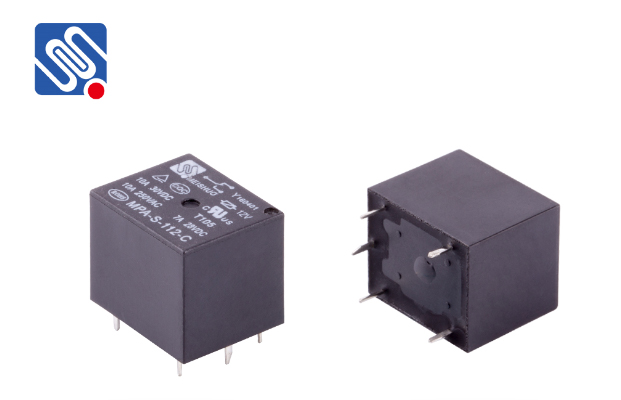

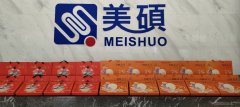

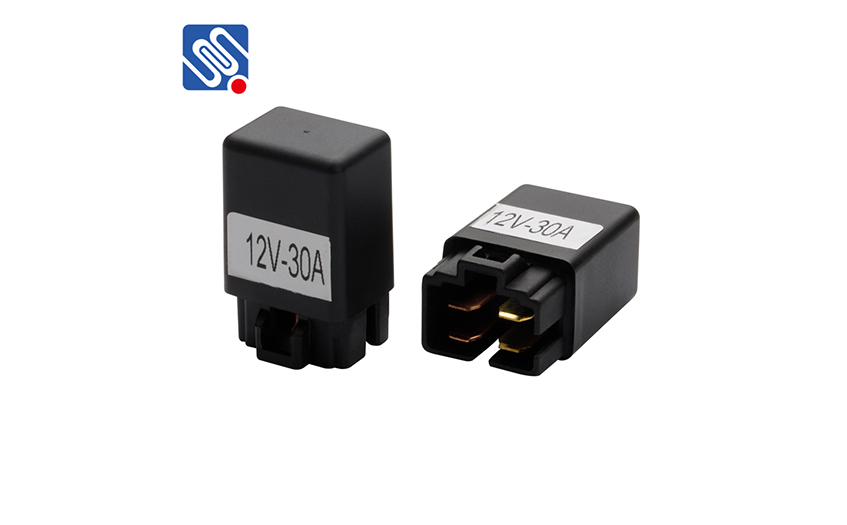
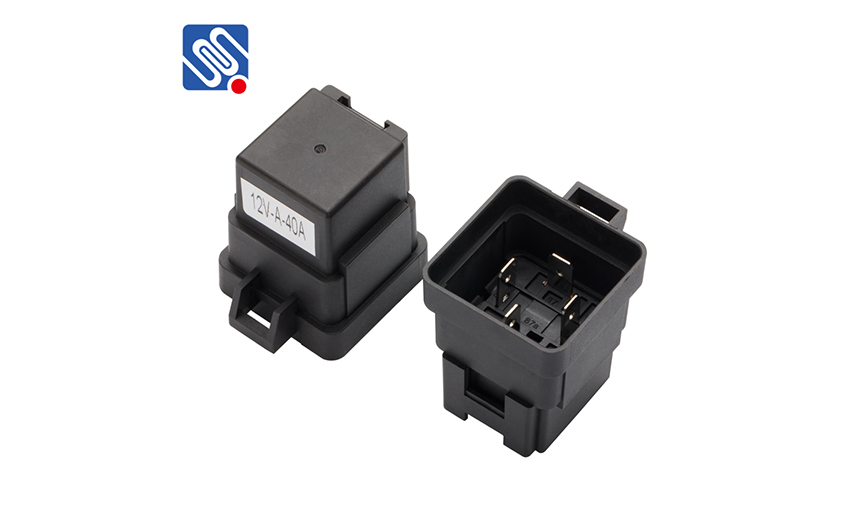
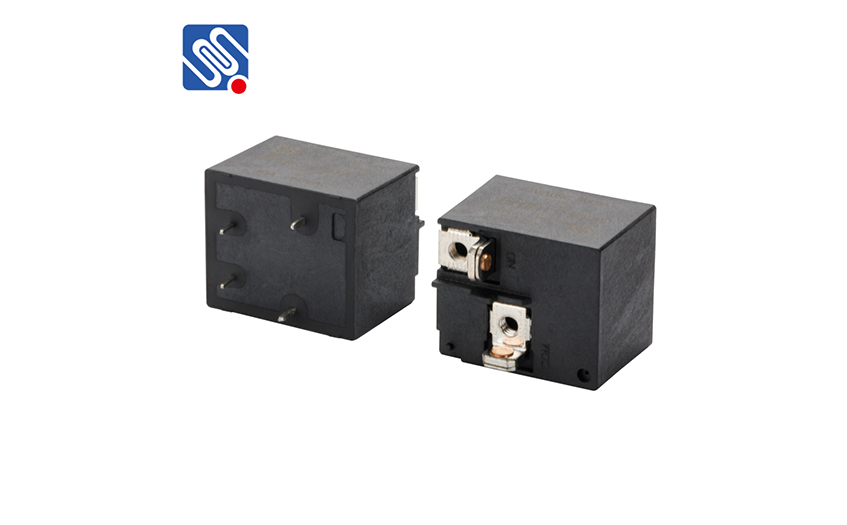
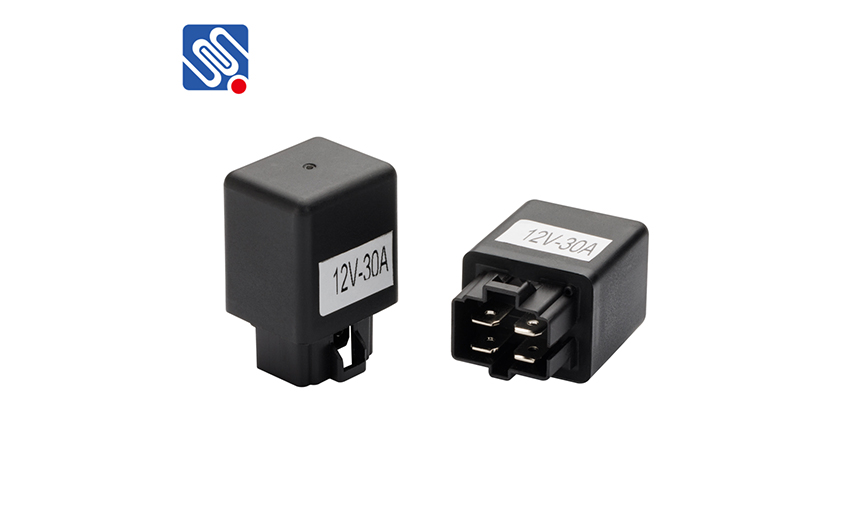
 selena
selena  sales@msrelay.com
sales@msrelay.com 13968707033
13968707033
 +86-577-62518811
+86-577-62518811





